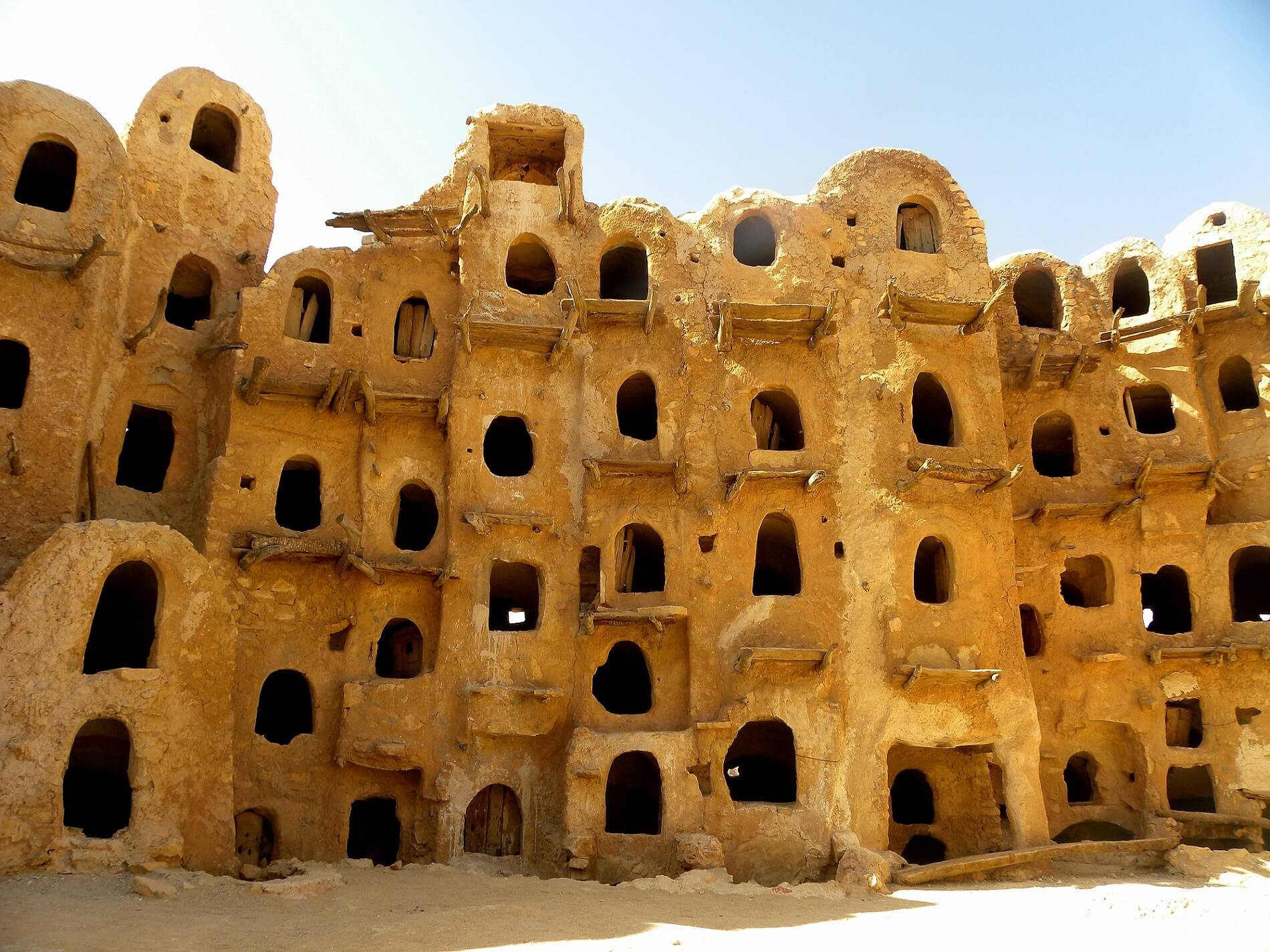Following a meeting on 26 July in Rome between the Italian prime minister Paolo Gentiloni and head of the Government of National Accord Fayez al-Serraj, Gentiloni announced that Serraj had asked Italy to provide naval support in fighting human trafficking in Libyan territorial waters, adding that he believed the move was necessary and would be carried out if approved by the Italian parliament. However, the following day Serraj put out a statement saying he had done no such thing and that that Libyan sovereignty was a red line that could not be crossed. He said the Rome agreement was for the Italians to continue with their training and equipping of the Libyan Coastguard so that this force could save the lives of migrants and confront the criminal organisations behind illegal immigration and smuggling. The situation was further confused when Serraj's foreign minister Mohamed Siala, who also attended the Rome meeting last week, confirmed that Serraj had invited Italian warships to help Libya in the fight against people-traffickers within the framework of “logistical, technical and operational support to the Libyan coast guard.”The current European Union approach to dealing with the flow of people travelling from Libya to Europe was confused further when French President Emmanuel Macron said on 27 July that he wanted to create migrant 'hotspots' in Libya to "avoid people taking crazy risks when they are not all eligible for asylum. We'll go to them," he said, adding the plan would be put in place "this summer". However, he later appeared to backtrack on this controversial proposal, saying there were no question of “hotspots” in Libya if “security conditions are not met” – and that currently they were not.

